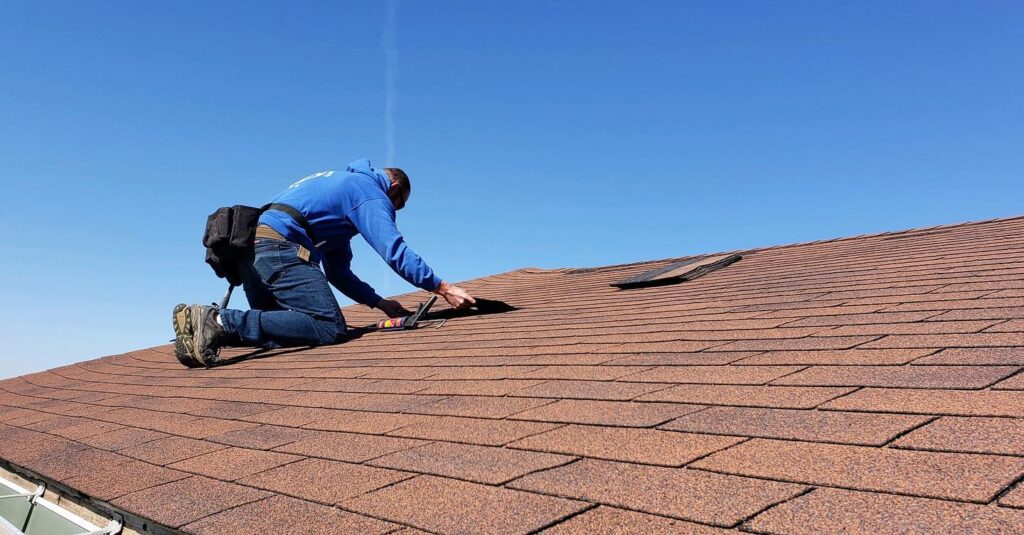FIND US ON THE WEB




You may be dreading the winter and all of its snow, ice, and cold. But before you throw in the towel on this season, think about what a roof inspection can do for your home!
To prepare your roof for winter weather, it’s essential to have a professional inspect it first. By doing so, you’ll know if any repairs are needed or if anything needs addressing before the heavy snows come. A thorough inspection will also make sure that no leaks occur during these months, which could cause damage inside your home as well as outside.
You want your home to be in top condition all winter long so that you can enjoy yourself this holiday season without having an unexpected disaster happen! This article will provide more information about what a professional from Steadfast Roofing assesses during these inspections as well as how they go about it if you’re considering getting one done this year.
A roof inspection is an integral part of winter preparation! It will help you avoid costly damages to your home and get the most out of your winter months. A thorough professional inspection will help ensure no leaks occur throughout the winter months, which could cause damage inside your home or outside. It is also an excellent time to check for any wear and tear on shingles, gutters, and flashing.
Steadfast Roofing professionals will assess the following:
We begin the process by sealing any cracks or gaps in your roof that could let heat escape from inside the house and out through the attic space. This will stop new ice from forming on top of old layers that may have been melting over time. Next, the professional will use heated air guns to melt away existing snow and ice on your roof while spraying water at it simultaneously using a hose. This will help the ice to melt and slide off your roof, allowing access for any remaining snow on top of it to collapse down in a controlled manner.
While dealing with freezing pipes, it might seem like an effortless task for a DIY. However, it requires a lot of expertise to ensure that maximum functionality during the period. Here is what our professionals advise on dealing with freezing pipes.
Don’t forget to schedule your roof inspection before winter. It will help you avoid costly damages to your home and get the most out of this season.



STEADFAST COSTUM CONSTRUCTION LLC. 2017 © All Rights Reserved.